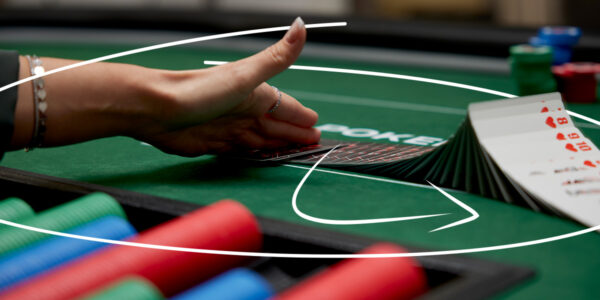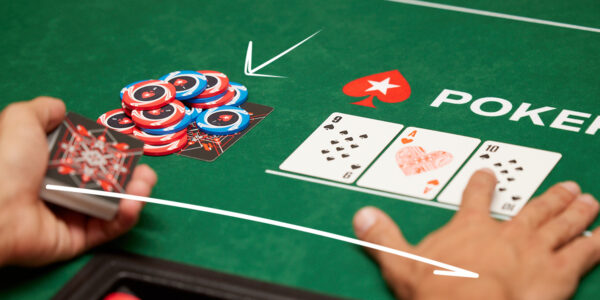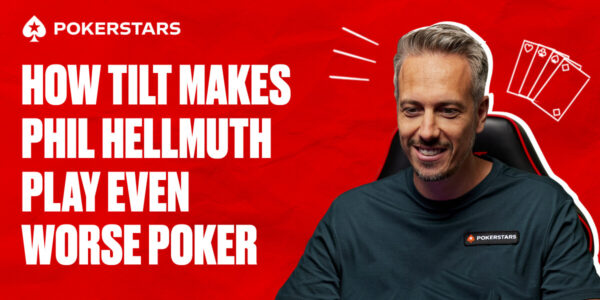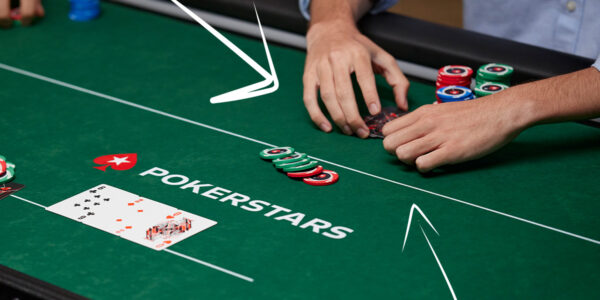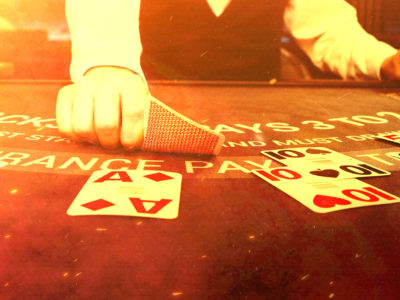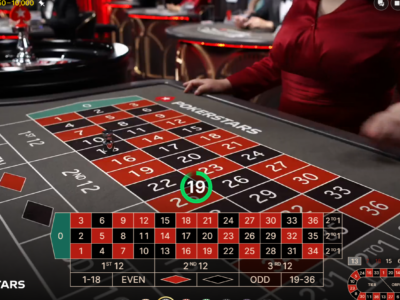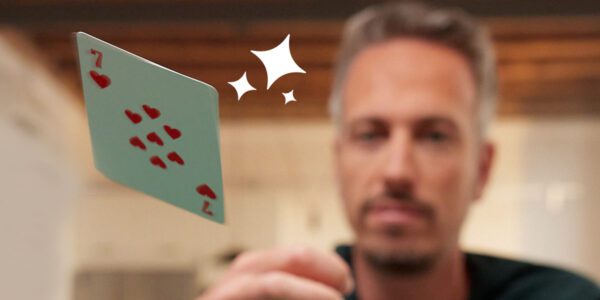The Math of Facing 4-Bets
Facing a 4-Bet can be a real pain. Especially if you’re not sure what your strategy should be. The key is to let your opponent’s 4-Bet bluffs work sometimes… but not too often.
Let’s take a deeper look at the numbers involved in 4-betting, the required defence frequencies, and when to deviate from these.

How Often Should You Defend?
Let’s imagine that you make a 3-Bet against a Cut Off opener from the Small Blind, and they 4-Bet. They make it 2.5BB, you make it 10BB, and they make it 24BB. Both players started the hand 100BB deep.
For now, we shall simplify and say that you don’t ever call the 4-Bet – this will make the math easier (although technically you should flat with certain hands).
Your two options for now are shove and fold. How often do you need to shove?
Well, your goal against an unknown or balanced opponent should be a defensive one. You need to stop them from printing money automatically by bluffing. The last thing we want is for people to earn lots of money by 4-betting us with KJo or A5s.
To find our defence frequency, we need to look at things from Villain’s perspective. How often do they need us to fold here to break even? This is the amount of the time we should fold.
Villain is risking 21.5BB here, not 24BB. The 2.5BB they used to open is already gone from the point of view of their current decision. It is part of the pot and therefore part of their reward, but no longer part of their risk.
The reward for Villain, if their 4-bet is successful, will be the total pot before they 4-bet. This stands at 13.5BB: your 10BB 3-bet, their 2.5BB open, and a dead BB from the big blind folding their hand.
If Villain is bluffing, he needs you to fold Risk / (Risk + Reward) % of the time to break even
This is how often we should fold if we want to be defensive.
We will fold 21.5 / (21.5 + 13.5) = 61% of the time.
The verdict is in. If we’re always shoving when we continue, it’s okay to fold more than half of the time to this 4-bet. Villain is not getting a great price here. 4-Bet bluffing like a maniac, therefore, only works well against people who accidentally fold far too often.
But What If Some of Our Defends Are Calls?
When we play shove or fold, the math is simple. When we shove and Villain was bluffing, they fold and we win the pot. When we fold, they win the pot. There only are two outcomes for Villain’s 4-bet bluffs: win the pot as it stands or lose the 4-bet.
When we add calling to the mix, however, things get a little murkier. Now some of our continues are bad news for Villain, but not as bad news as if we’d shoved.
When we flat a suited broadway or medium pair to their 4-bet, for instance, they still get back a decent amount of the pot even with their bluffs.
For example, if they bluff with A5s, they are actually ahead of our KQs. If they bluff with KJo, they are close to flipping with our 99. Other times, we will be taking the best of it, like when we call with AQs and they were bluffing with KQo.
Overall, the times we call do not make Villain 4-bet bluffing terrible for Villain. Therefore, we can make the following rule.
When out of position against a 4-bet, try to shove enough of the time to make Villain indifferent to 4-betting. You can add calls to your range too, but these will not hurt the EV of their bluff so much.
This means that we should still try to shove 39% of the time and then add a few calling hands to the mix.
Which Hands Should We Shove With?
The best hands to jam 100BB over the 4-bet with fall into the following three categories; clear value hands, pairs, and suited blockers.
A clear value hand is a hand that is clearly making money by shoving. It might be ahead when the stacks go in (AA for example) or it might profit through a combination of picking up dead money and retaining decent equity when all-in (AKo is an example of such a hand.) In a SB vs. CO situation, hands like JJ+ and AK tend to comprise this group of holdings.
Pairs make reasonable light 5-bet candidates at this stack depth because they do well against Villain’s most common 4-bet/call-it-off hand – AK. A pair like 88 is a clear favourite against AKo and is close to flipping against the suited equivalent. These hands might have something like 35% equity when they get all in again Villain’s [QQ+ AK] and this is a healthy chunk. Provided that we get our opponent to fold a reasonable amount of the time, these hands can be profitable semi-bluff shoves.
Finally, Suited Blocker hands are things like A5s and AJs. We prefer to have an ace here because removing AA from the deck is the main objective when bluff-shoving. These hands also have reasonable equity against the [QQ+, AK] coming in at around 32%.
Which Hands Should We Just Call With?
When calling a 4-Bet, we normally desire high equity and playability.
Hands like AQs and TT are the bread and butter flatting hands from out of position, but it is also possible to defend weaker holdings like T9s and KJs provided that the spot is late position and the opponent is capable of bluffing at a decent frequency.
Try to avoid calling big dominated off-suit cards like KQo and AJo. These hands are not in good shape and are likely to win medium sized pots or lose entire stacks.
Conclusion
My final advice on defending against avid 4-bettors is that it is not your hand that needs to hit a certain defence frequency, but your range. It is perfectly okay to fold AJo to a 4-bet every time, even when Villain is aggressive. Only your range can be exploited, not your hand, for they don’t know what you have!
View Other Blogs




